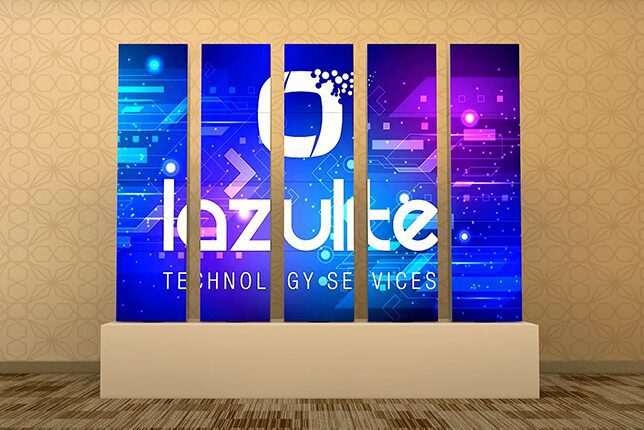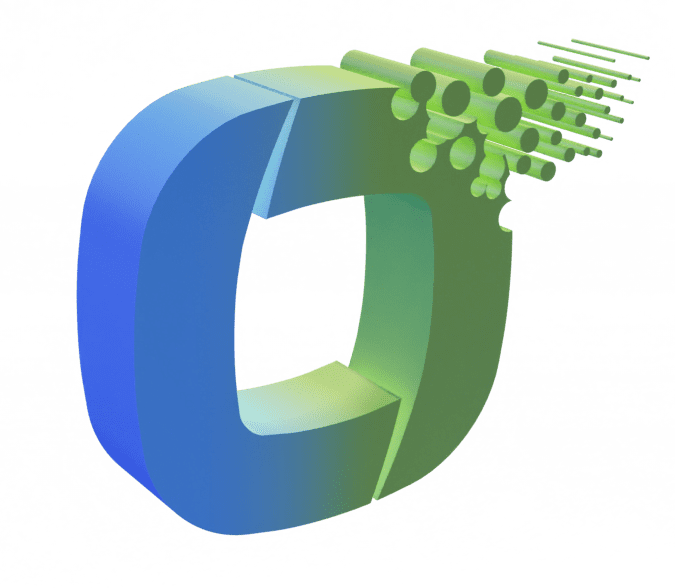Marketing strategies—a key driver of enhanced brand awareness, customer base and revenue—evolve with the times, and businesses need to be innovative when it comes to marketing.

One of the most result-oriented marketing tactics adopted by big and small brands is experiential marketing. Billboards and print/video/digital ads continue to serve their purpose in promoting products and services among the target audience, but when it comes to customer-engagement, nothing matches creative brand activations—a technologically and creatively advanced form of experiential marketing.
Developments in technology have greatly enhanced the effectiveness of experiential marketing, especially brand activations. Obviously, for brand promotions to be successful and to achieve the goals of increase in store footfalls and better customer engagement, they must be built on unique and exciting ideas that can offer customers an inspiring and emotionally connecting immersive brand experience.
What can enhance customer engagement is a strategic combination of sublime creativity and innovative technology. Delivering creative marketing solutions driven by technology—as Lazulite does—is the key to success.
Verily, no one can question the effectiveness of digital marketing, but experiential marketing is found to generate 10 times the ROI digital marketing offers. It also ensures higher measurable customer loyalty.
Catching the attention of customers is quite a task today, with customers bombarded with over 1000 advertisements a day. How brands can stand out, and grab viewers’ eyeballs? This is where strategic marketing initiatives using innovative technology and art assume significance. From multi-touch screens, holograms, VR and AR to projection mapping and interactive installations, an amazing range of technologies is used to build brand awareness and improve customer engagement.
Of these, brand activation using interactive kinetic art and technology is in a league of its own. Let’s explore how the strategic use of kinetic art and technology—that includes the increasingly popular kinetic installations—rank among the most preferred and experimented brand activation marketing strategies today.
So, what exactly is kinetic art?
Kinetic art is an art form that depends on motion to create an impact. It is wide in scope, and can include anything from moving sculptures to light shows and interactive installations. Marketing-related kinetic technology, on the other hand, refers to the diverse electronic or digital tools that are used to achieve better brand promotion and customer engagement. In combination, kinetic art and technology can ensure a highly compelling marketing experience through better audience engagement.
Creating a long-lasting impression is among the core objectives and benefits of marketing employing kinetic art and technology. For brand experiences to remain etched in people’s memory, they must have visually appealing and interactive elements. What kinetic art and technology-based strategic marketing does is to create a memorable brand experience that results in elevated brand positioning and recall, and ultimately better bottom-line for companies.
Yet another benefit of using kinetic art and technology in your marketing effort is the element of innovation that it promises. In today’s world, where innumerable advertisements try to grab people’s attention, the only way to succeed is to make your ads stand out. By allowing businesses to offer strikingly awesome brand experiences, kinetic art and technology enable them to meaningfully engage with the targeted customer groups.
Do it right
We now move on to explore how businesses can effectively incorporate kinetic art and technology into their marketing strategy and emerge victorious.
Identify the right campaign medium
Kinetic art is wide in scope, and includes sculptures, installations, and performances. Choosing the wrong medium for your marketing campaign can be disastrous. The right medium is one that aligns with your brand and messaging.
Focus on the technological element
Without the push from technology, kinetic art has only limited scope. But with new-age technological innovations such as sensors that respond to people’s movements, you can literally unleash the power of kinetic art and launch a marketing blitzkrieg that surely captivates your audience and boosts your brand.
Don’t overdo kinetic art & technology
It is to be noted that kinetic art and technology can embolden and strengthen your marketing strategy, but is should not be the focus or core element of it. Kinetic art and technology should be assigned a complementary role. Keep the design and messaging simple and clear, so that the audience doesn’t get overwhelmed.
It’s time to measure the results
Like any marketing strategy, the results of kinetic art and technology campaigns need to be measured, based on which the necessary finetuning can be done.
To summarise, incorporating kinetic art and technology into your marketing strategy can help you create a lasting impression among customers/visitors about your brand and products. It can help your brand stand out from the competition. By doing it right—selecting the most appropriate medium and technology, and keeping the message simple, and also measuring the results—you can create a strong and engaging campaign that can significantly boost brand awareness and sales.




